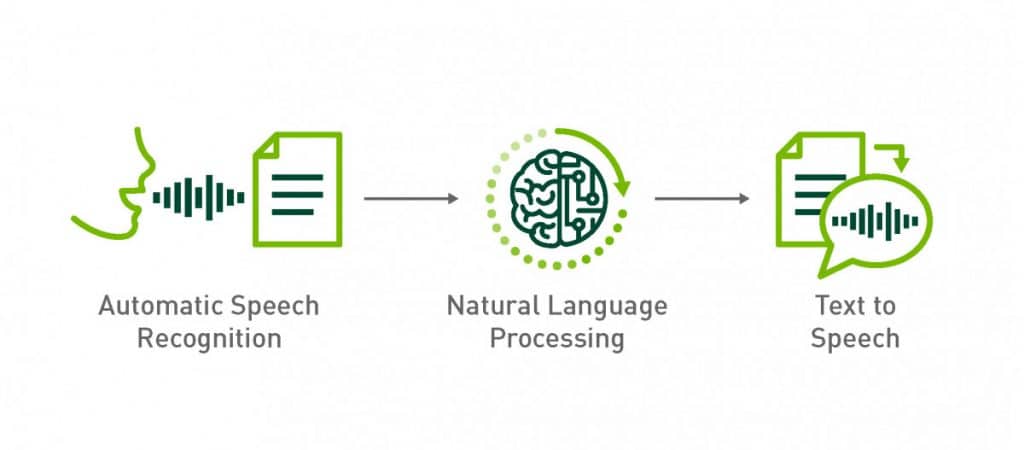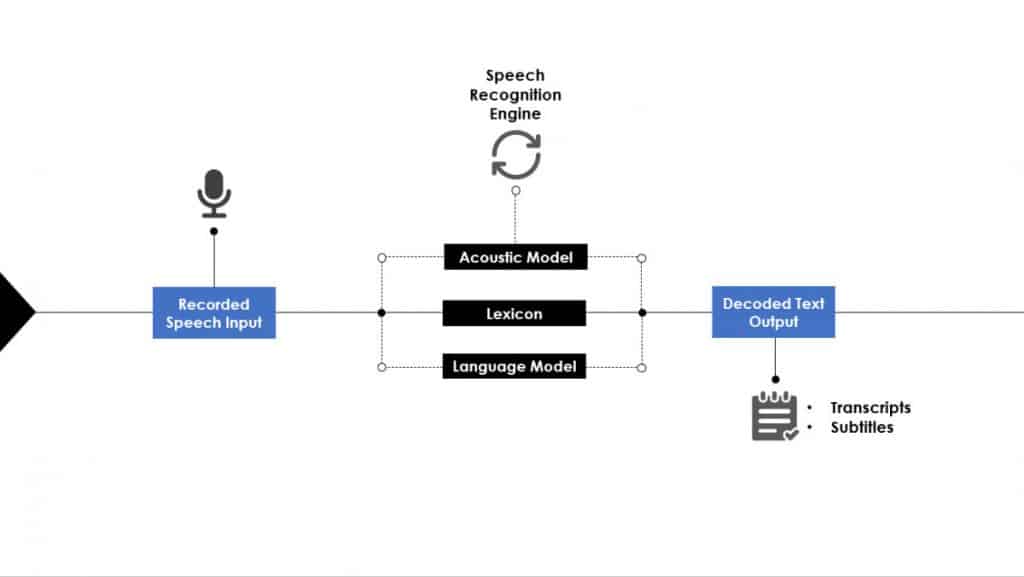Text-to-Speech AI Model

What is Text-to-Speech AI Model?
Text-to-speech (TTS) producing natural-sounding, high-quality voice from text with low latency has been a problem for many years. Originally, it was designed to make written text audible to those who have reading disabilities or have trouble reading. Text-to-speech technology is being used in many different situations where reading is impractical or where human operators were previously needed. These include operating virtual assistants, chatting with consumers in a contact center, and giving driving instructions. The most popular systems employed real-time assembly of pre-recorded voice segments. Neural networks have been used more recently to produce fully machine-generated speech that sounds natural.

Understanding of Text-to-Speech AI Model
Almost all personal digital devices, such as PCs, cellphones, and tablets, are compatible with TTS. It is possible to read aloud any type of text file, including Word and Pages documents. Web pages can even be read aloud online. TTS reads aloud by a computer, and it allows the reader to choose the speed at which they read. While voices vary in quality, some have a human tone to them. Even sounds produced by computers may mimic the speech of young toddlers.
A feature of several TTS technologies is optical character recognition (OCR). TTS programs can read text aloud from photos thanks to OCR. A child may, for instance, snap a picture of a street sign and have the text transcribed into voice.

Types of text-to-speech tools
- Built-in text-to-speech: Many gadgets come with TTS tools preinstalled. This covers Chrome, digital tablets, smartphones, and desktop and laptop PCs.
- Text-to-speech apps: TTS apps are also available for download on digital tablets and smartphones. These programs frequently come with unique capabilities like OCR and multicolored text highlighting. Claro ScanPen, Voice Dream Reader, and Office Lens are a few examples.
- Chrome tools: A relatively recent platform with several TTS tools is Chrome. Read&Write for Google Chrome and Snap&Read Universal are two of them. These tools are compatible with Chromebook and any other computer running Chrome.
Text-to-speech is making a steady inroad into conversational AI areas like language translation, which entail Automatic Speech Recognition (ASR) and Natural Language Processing (NLP). Speech recognition technology is finding increasing application in customer support, where it can understand difficult questions, look up answers in a database, and provide text-to-speech responses. These days, telemarketers use these systems to swap out human callers for conversational robots, which are capable of having realistic conversations to the extent that an operator is not required.
Latest News about Text-to-Speech AI Model
- Meta’s Voicebox is a generative speech AI tool that can transform text into realistic and expressive speech. It excels in tasks like noise removal, text-to-speech synthesis, and cross-lingual style transfer. The AI model operates at a 20 times faster rate and has undergone extensive training using a dataset of over 50,000 hours of unfiltered audio. However, Voicebox raises ethical and social challenges, particularly in the context of deepfakes.
- Microsoft’s VALL-E is a transformer-based TTS model that can generate speech in any voice after hearing a three-second sample, a significant improvement over previous models. This transformer-based model has the potential to change the way we interact with digital media and make TTS systems sound more natural. The model, which has a Dale-1 appearance, has been released with some skepticism due to its lack of code and potential scam nature.
- ElevenLabs has launched a Grants program for early-stage B2C and B2B companies to integrate human-like AI voices into their projects. The program grants 4,000 grants, unlocking 33 million text characters for three months. The goal is to provide over 100 billion text-to-speech and dubbing AI characters to emerging platforms at no cost.
Latest Social Posts about Text-to-Speech AI Model
Disclaimer
In line with the Trust Project guidelines, please note that the information provided on this page is not intended to be and should not be interpreted as legal, tax, investment, financial, or any other form of advice. It is important to only invest what you can afford to lose and to seek independent financial advice if you have any doubts. For further information, we suggest referring to the terms and conditions as well as the help and support pages provided by the issuer or advertiser. MetaversePost is committed to accurate, unbiased reporting, but market conditions are subject to change without notice.
About The Author
Victoria is a writer on a variety of technology topics including Web3.0, AI and cryptocurrencies. Her extensive experience allows her to write insightful articles for the wider audience.
More articles

Victoria is a writer on a variety of technology topics including Web3.0, AI and cryptocurrencies. Her extensive experience allows her to write insightful articles for the wider audience.

















































